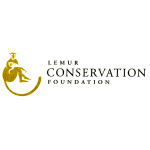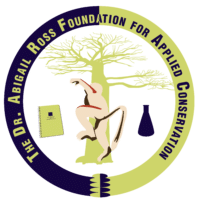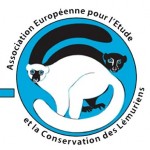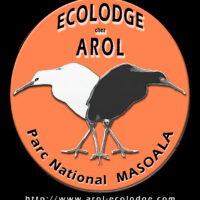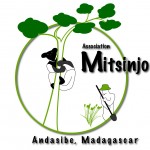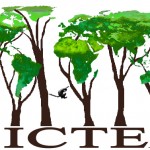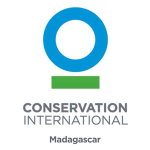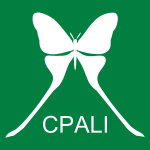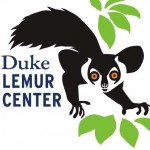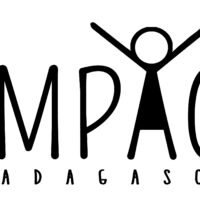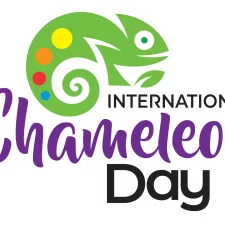Narrow conservation organizations and research groups by lemur species, what they do, and where they work in Madagascar.
- Lemurs they support
- Conservation work
- Community support
- Location
-
Lemur Conservation Foundation
Supporting Member of LCNThe Lemur Conservation Foundation is part of the Species Survival Plan through managed breeding at their reserve in Florida. In Madagascar, they support education programs and a tourist and research camp in Anjanaharibe-Sud Special Reserve, home to silky sifakas and indri.
-
The Dr. Abigail Ross Foundation for Applied Conservation (TDARFAC)
Supporting Member of LCNTDARFAC’s mission is to solve critical conservation problems by cultivating new approaches with innovative techniques and applications through the support of community-led initiatives. We focus on building capacity, amplifying voices, and partnering with local communities.
-
Wildlife Madagascar
Supporting Member of LCNWildlife Madagascar seeks to address Madagascar’s biodiversity crisis by integrating wildlife conservation programs with community development. They conduct scientific studies, provide habitat protection, and partner with local communities in training, resource use, and enterprise to create lasting and sustainable change.
-
AEECL
AEECL conducts community-based conservation in the Sahamalaza Peninsula in northwest Madagascar, including fire prevention, education, reforestation, and capacity building for ecotourism.
-
Arol Ecolodge
We develop sustainable tourism and run an ecolodge near Masoala National Park, where we support the community school and conduct reforestation to support northern bamboo lemurs.
-
Association Mitsinjo
Association Mitsinjo was created in 1999 by the residents of Andasibe village, and manages the forest station at Analamazoatra Special Reserve.
-
Association Tantelygasy
Association Tantelygasy supports the protection and reforestation of the forest of central Madagascar near Ambositra. Their innovative programming includes eco-tourism, beekeeping, and promoting the development of local handicrafts.
-
Centre ValBio & the Institute for the Conservation of Tropical Environments
ICTE and Centre ValBio focus the world’s attention on Madagascar’s lemur crisis through targeted research, conservation, and capacity building. Their research station at the edge of Ranomafana National Park enables long term research and collaboration with the local community.
-
Conservation International
Conservation International has been working in Madagascar since 1980. Their work includes biodiversity protection, environmental policy, scientific research, grant-giving, publication and community programs, and has impacted over 30 lemur species.
-
CPALI: Conservation through Poverty Alleviation International
Conservation through Poverty Alleviation International (CPALI) applies a community-centered approach to conservation, helping impoverished communities farm and transform native resources to create sustainable enterprises.
-
Duke Lemur Center
The Duke Lemur Center (DLC) advances science through interdisciplinary research on lemurs at its living laboratory in North Carolina. The DLC SAVA Conservation project conducts conservation through environmental education, community development, and research in northeast Madagascar.
-
Eden Reforestation Projects
Eden Reforestation Projects has 46 project sites in Madagascar, employing over 3,400 people and planting over 77 million trees. They began with mangrove reforestation in 2007, and grew to include dry deciduous forests in 2012 and highland forests in 2020.
-
Green Again Madagascar
Through the combination of rainforest restoration, scientific study, and hands-on education, we help rural Malagasy farmers make Madagascar “green again.”
-
Hazo Tokana Tsy Mba Ala
Hazo Tokana Tsy Mba Ala (HTTMA) conducts reforestation, forest management, and community development in two forests in northeastern Madagascar: Analalava and Ambohitrandrina.
-
Impact Madagascar
IMPACT Madagascar works in 5 sites across Madagascar to conserve Madagascar’s unique biodiversity while improving the lives of its people. Their projects range from ecological conservation to training and education, from recycling to construction.

